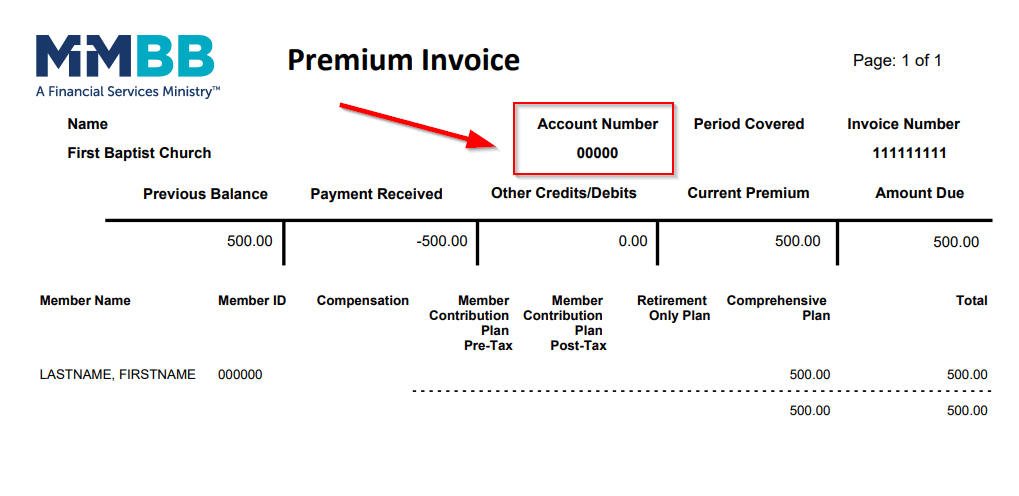The days when Americans could count on pensions from their employers are long gone, as fewer and fewer organizations offer them to their staff. While pensions are becoming an endangered species, Social Security remains the primary source of guaranteed lifetime retirement income for many older adults.
In addition, unlike other types of retirement earnings, Social Security usually keeps pace with inflation through yearly cost-of-living adjustments. In fact, the Social Security Administration (SSA) recently announced an 8.7-percent cost-of-living increase for 2023 to adjust for the current high inflation — the largest hike in more than 40 years. The average Social Security recipient will pocket about $145 more per month in 2023 as a result.
Most of us will depend on Social Security for at least part of our revenue when we retire, so here’s what you should know about this convenient benefit.
Who is eligible for Social Security benefits?
Your age and work history affect your eligibility for Social Security benefits. It takes someone 10 years of work covered by Social Security to fully qualify for benefits. Social Security income is based on your inflation-adjusted average wages earned throughout your working career. At age 62, the SSA indexes your highest 35 years of earnings, averages them, and applies a formula to determine your benefits at full retirement age (FRA).
FRA is the age when you can claim your complete or unreduced Social Security benefit. Currently, FRA is between ages 66 to 67, depending on your year of birth.
Your FRA affects when you can claim Social Security without reducing your benefits, which in turn impacts your overall retirement income. It also determines how much you can make if you’re employed while collecting Social Security without forfeiting your benefits. If you’re married, it can affect spousal or survivor income.
The ABCs of FRAs
The minimum age to start claiming your Social Security income is 62. However, if you do not need the income and can afford to delay your benefits until full retirement age, postponement might be beneficial. Claiming benefits before full retirement age will reduce your Social Security income.
For example, if you choose to start receiving your benefits at age 62 and your FRA is age 67, your Social Security income will decrease 6.7 percent for each of the first three years and 5 percent for each following year. This would result in a 30-percent overall reduction in benefits.
On the other hand, if you claim Social Security after your FRA, you receive an 8-percent annual increase in your monthly benefit for each year you postpone claiming payments from ages 67 to 70. Once you reach 70, there is no longer any financial advantage to continuing your delay.
Working during retirement
If you’re employed after attaining your FRA, you can receive your full Social Security benefit. However, if you begin receiving Social Security before your FRA and continue to work, your benefit will be reduced until you reach FRA if you make more than the annual threshold. More specifically, $1 in benefits will be withheld for every $2 you earn over the annual limit, which changes every year. In 2022, the earnings threshold is $19,560. In 2023, the earnings limit will be $21,240 a year.
The year you reach FRA, the federal government reduces your benefits $1 for every $3 earned over the cap. In 2022, this limit is $51,960. In 2023, it will be $56,520.
Keep in mind, if you work during retirement, the reduction in benefits only lasts till you reach FRA. If some of your benefits are withheld while you work during retirement, the SSA gives you credit for the withholding, and you will receive a higher monthly benefit at FRA.
What you owe Uncle Sam
Depending on your combined income and your tax filing status, you will be required to pay taxes on 50 to 85 percent of your Social Security benefits. Your combined income is your adjusted gross income, tax-exempt income, and half of your Social Security income. See the “Income Taxes and Social Security” page on www.ssa.gov for specifics.
Each January, you will receive a Social Security Benefit Statement (Form SSA-1099) showing the amount of Social Security income you received the year before. You can use this statement when you complete your federal income tax return to find out if your benefits are subject to tax.
Considerations for couples
If your spouse has low lifetime earnings, they might be eligible for higher Social Security income based on your earnings rather than their own earnings record. Spousal benefits would be as much as 50 percent of your full retirement income if your spouse claims benefits at their full retirement age. Your spouse cannot file for spousal income until you have applied for Social Security. The spousal benefit is reduced if your spouse files before their FRA.
Handy resources
The SSA provides resources to help you navigate your benefits. You can find benefits estimates and a copy of your Social Security Statement at www.ssa.gov. If you are 60, you can choose to receive this statement in the mail every year. The Social Security website also features benefits calculators to help you estimate your monthly income.
When it is time to apply for Social Security, you can do so online, by phone or in person. If you can’t use the Social Security Administration’s online services, you can call your local Social Security office or the national 800-number (1-800-772-1213).
Alina Parzianu, CFP®, MBA, RICP® is a Financial Planning Specialist at MMBB Financial Services. Prior to joining the MMBB staff, Parizianu spent 14 years in the financial services industry, including as vice president and credit portfolio manager for a major European investment bank in New York. She holds the CFP® certification, the RICP® certification, an MBA, and a behavioral financial advice certificate.
This article is not intended to be financial advice. The content is for informational purposes only; you should not construe the content as legal, tax, investment, financial or other advice. Please consult your financial advisor regarding your particular financial situation.
Back to Financial Resource Center









